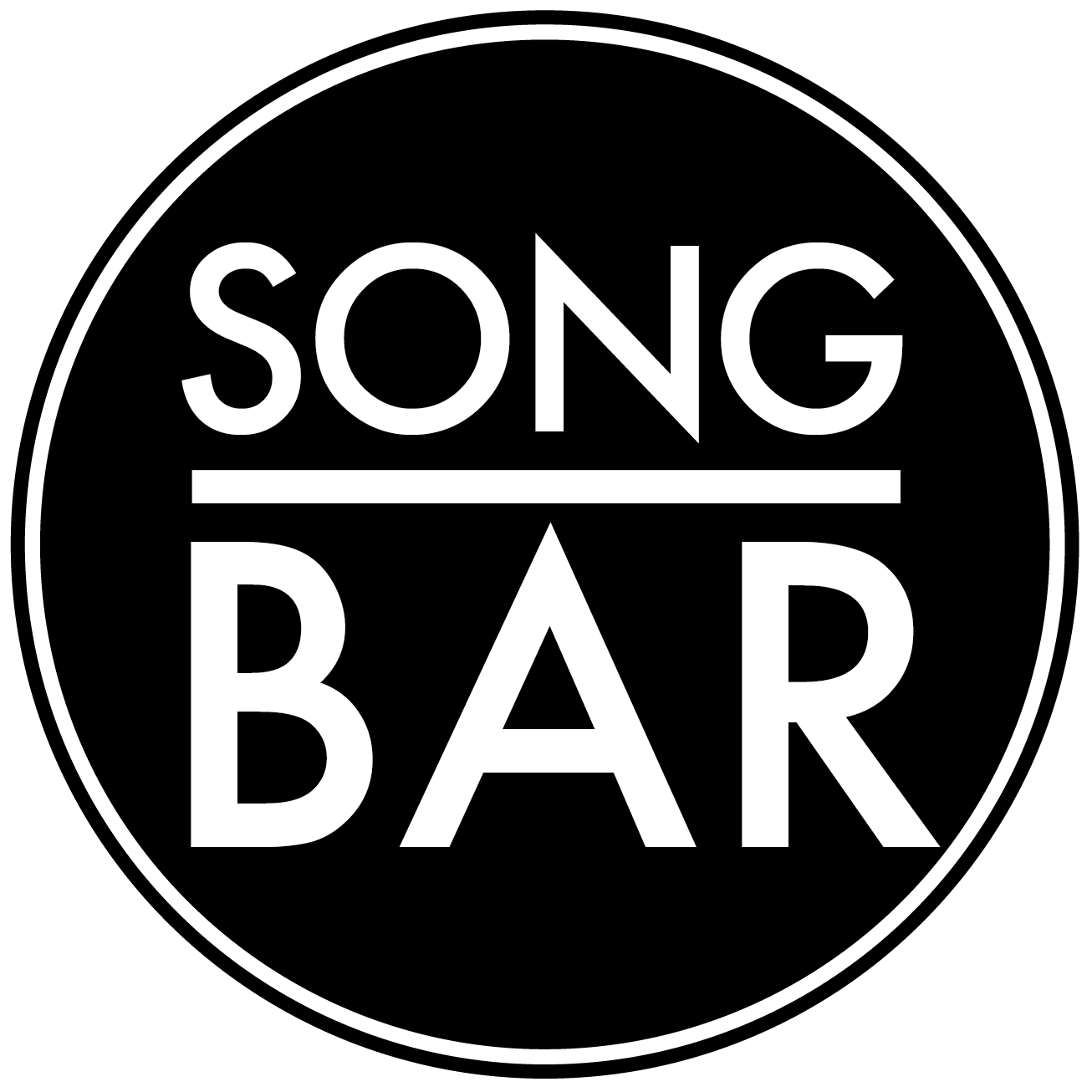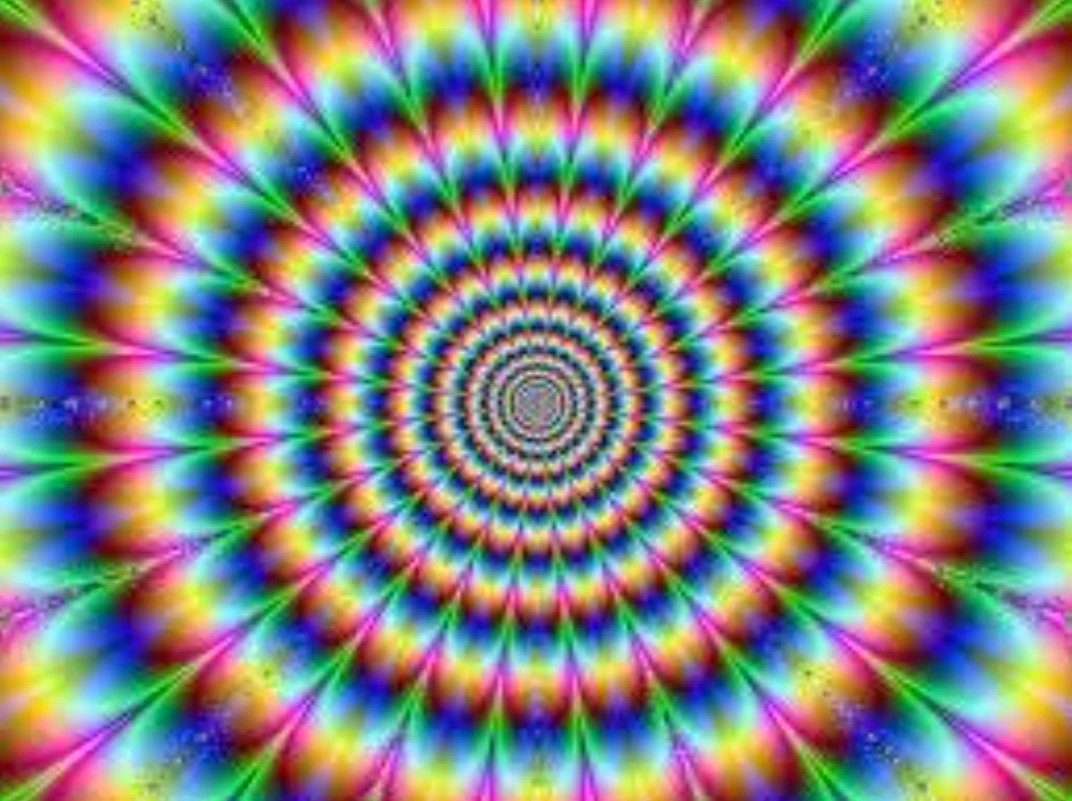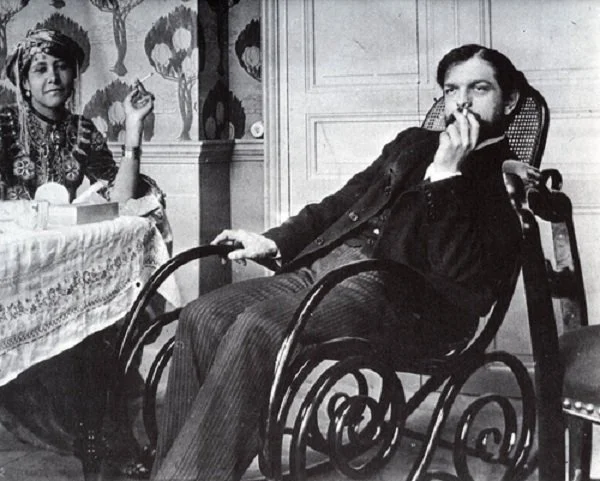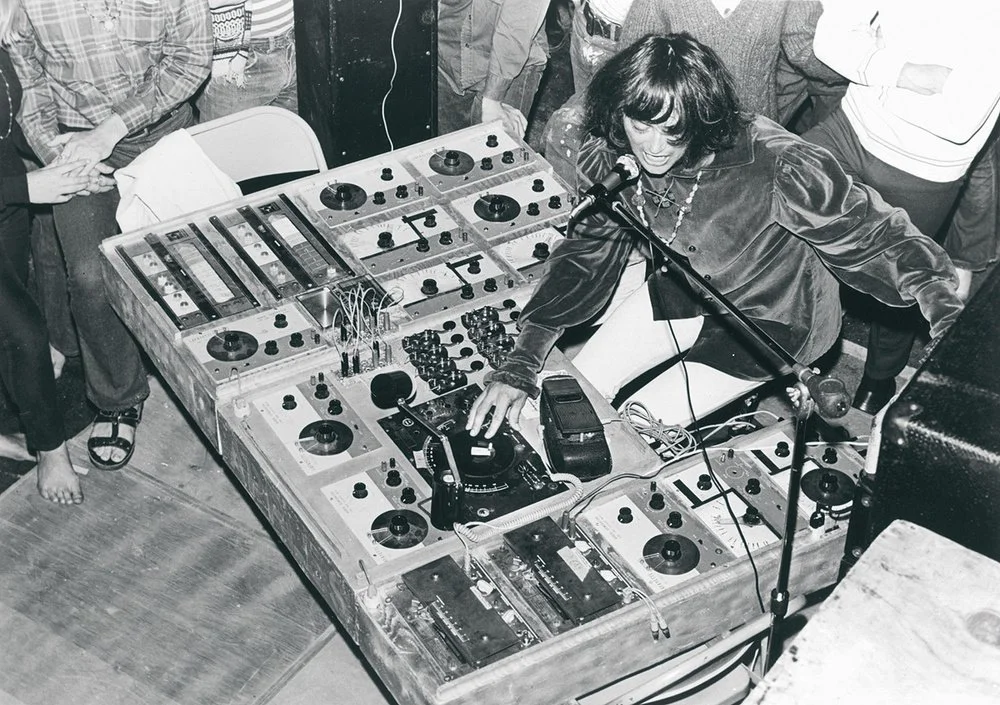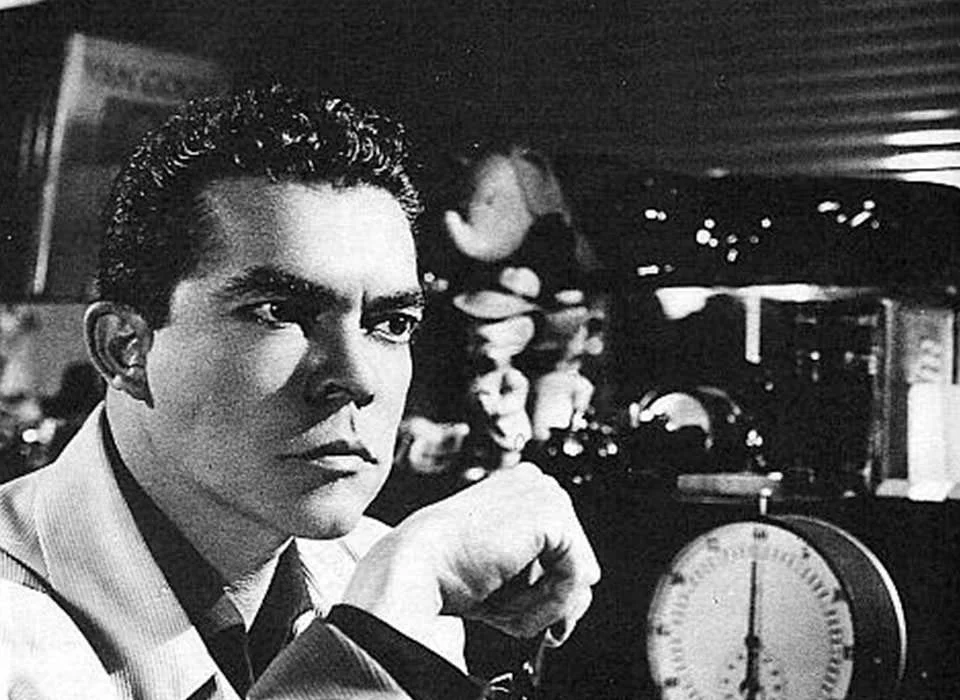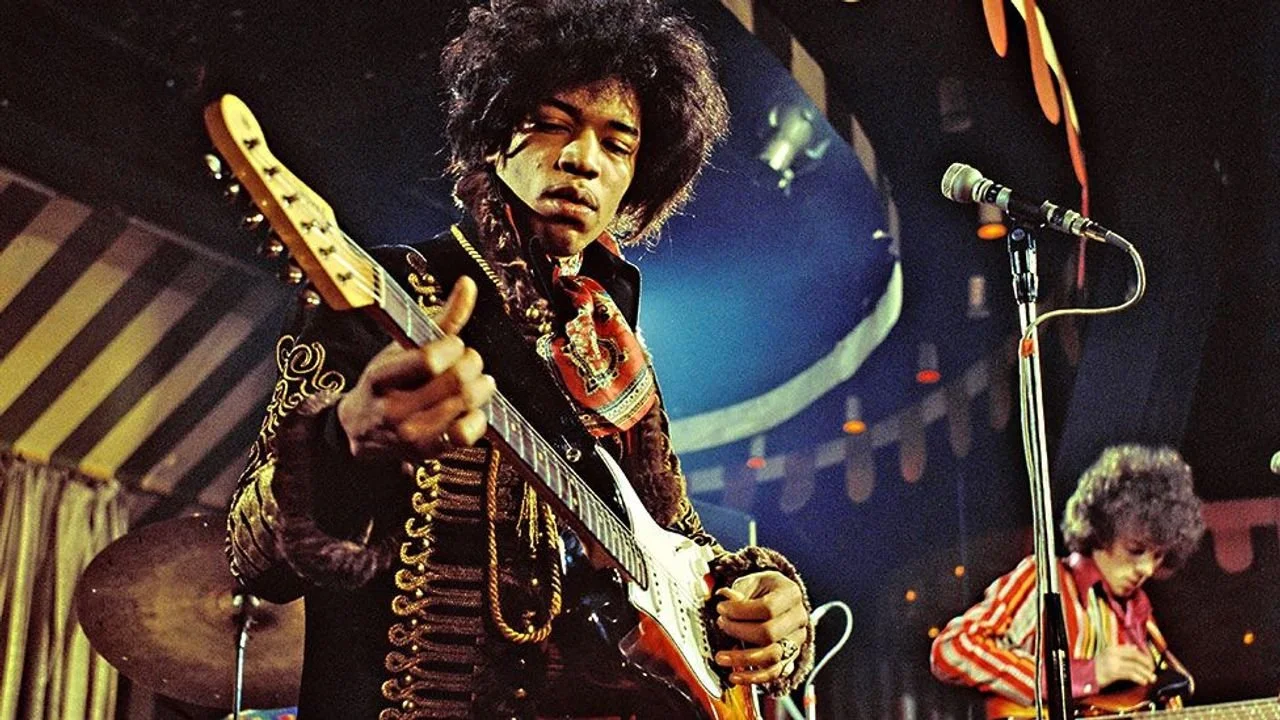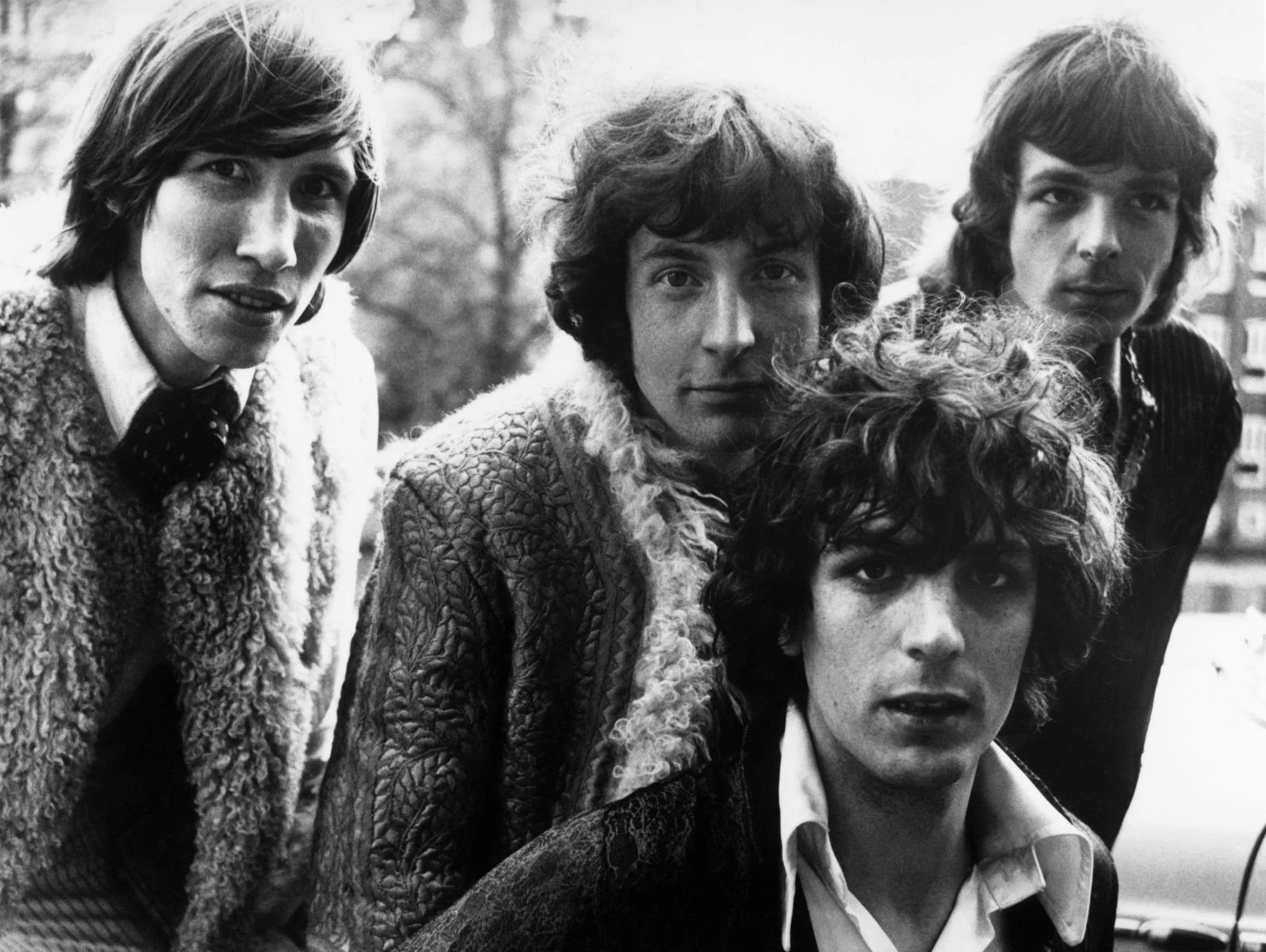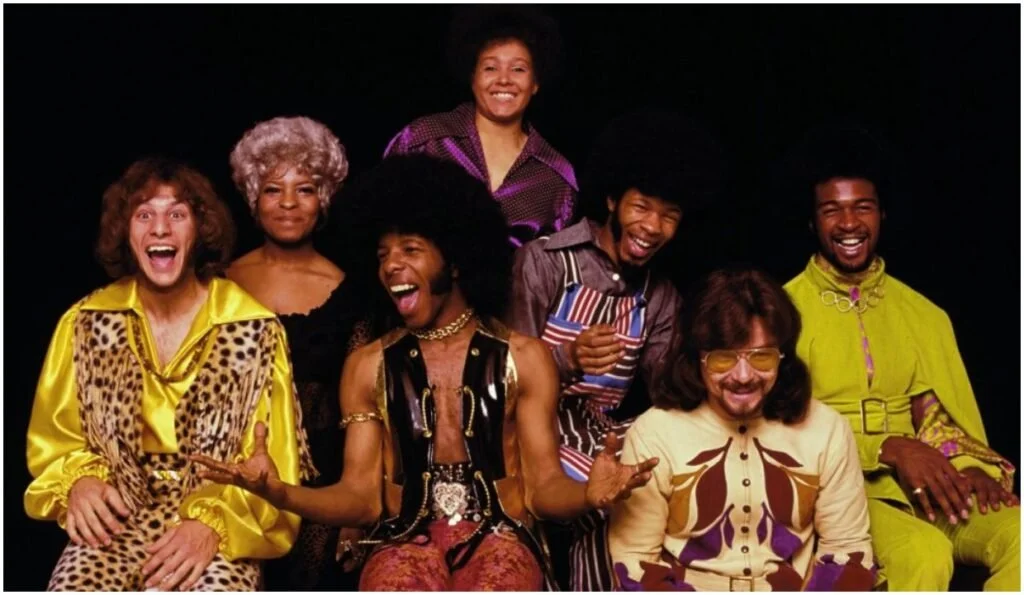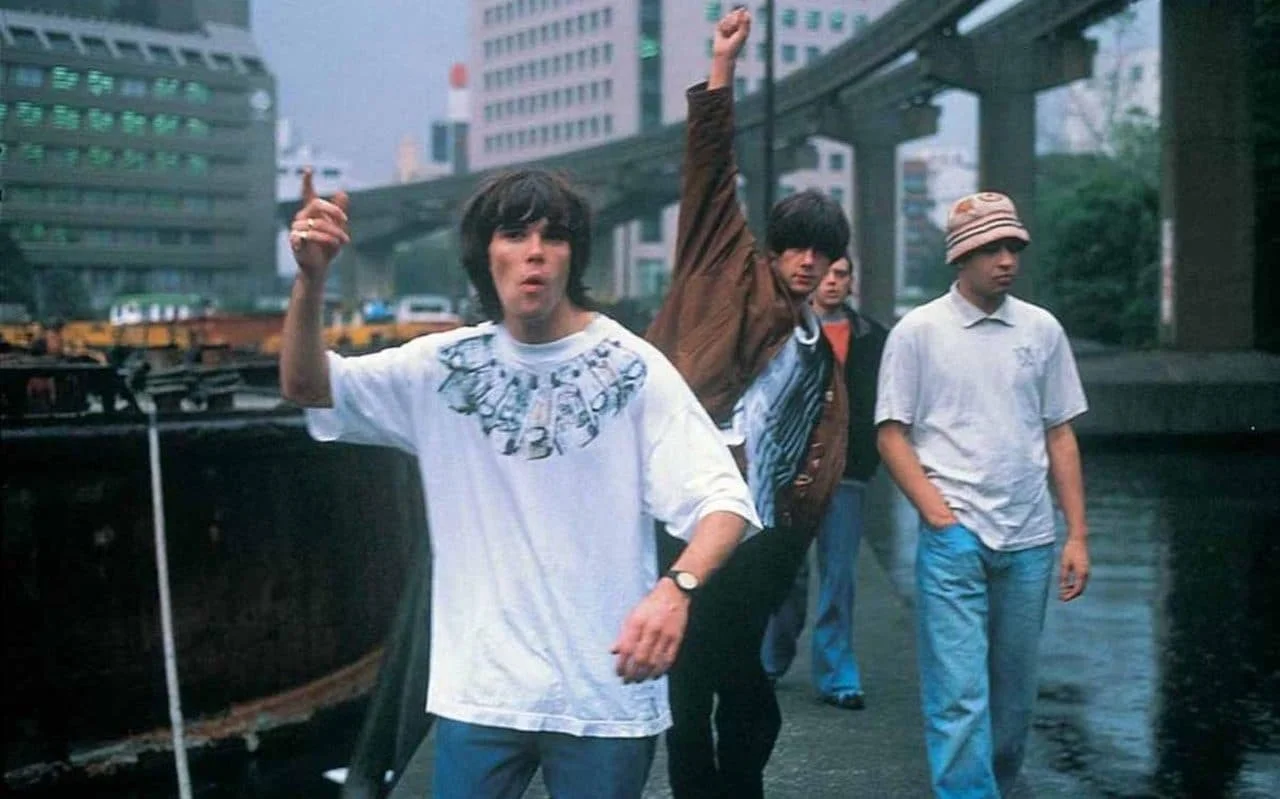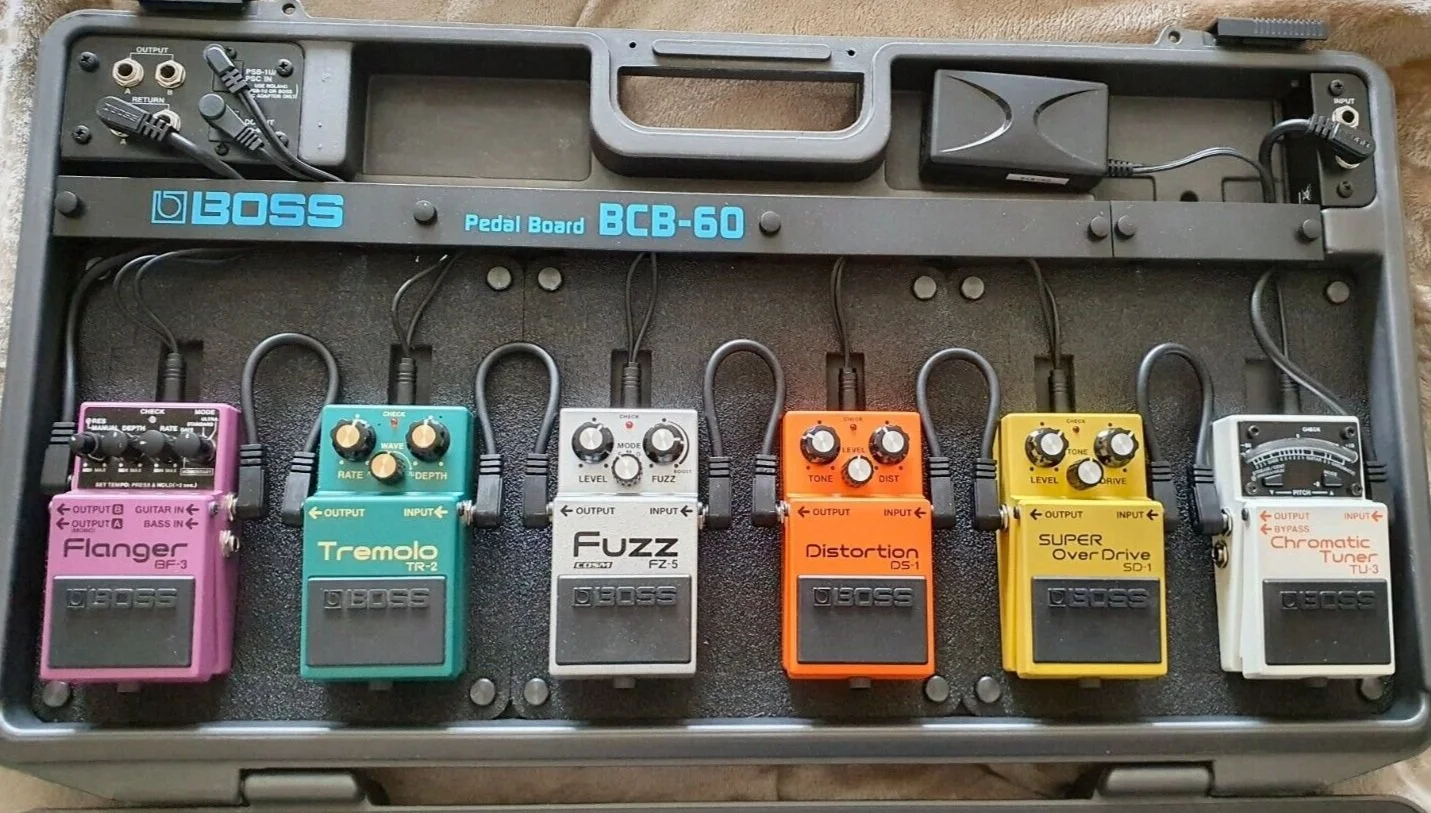By The Landlord
“Art and religion, carnivals and saturnalia, dancing and listening to oratory - all these have served, in H. G. Wells's phrase, as Doors in the Wall.” – Aldous Huxley, The Doors of Perception
“I was on acid and I looked at the trees and I realised that they all came to points, and the little branches came to points, and the houses came to point. I thought, 'Oh! Everything has a point, and if it doesn't, then there's a point to it.” – Harry Nilsson
“I like to load up on mescaline and turn my amplifier up to 110 decibels for a taste of ‘White Rabbit’ while the sun comes up on the snow-peaks along the Continental Divide. Which is not entirely the point.
The world is full of places where a man can run wild on drugs and loud music and firepower – but not for long.” – Hunter S. Thompson
“In history, psychedelic plants were used by priests and shamans with a desire to discover the interior.” - Alejandro Jodorowsky
It was all very moving. That is, things weren't ever still. And not just in a visual sense. While, in the back of my mind, I was aware it was probably just the sound of a lorry roaring down the road somewhere behind me, it also seemed perfectly reasonable to assume it was a roaming angry, mountain troll grumbling, stomping and farting. So I thought, I’ll just keep moving, my body floppily pulled and floating through the treacly air.
Everywhere walls swam with fish and increasingly exotic, morphing creatures. Concrete pavements and other hard floors, even metal grids and drain covers, were softly rippling, and when walked on, were beautifully bouncy, all sponge and flange. I entered pubs and nightclubs, had amusing conversations with dragons, bears, deer, giraffes, ogres and other beasts, and even spoke at length to a chocolate bar. Glass pints wobbled like jelly, squeezing in and out, shimmering. Everybody's limbs, facial features and eyes stretched to ridiculous proportions, danced and writhed comically, but also sometimes, horrifically. I just about held onto my sanity.
And when I finally got home, several hours into that 16-hour trip, telling myself that this wouldn't last forever (would it?) my crumbled up, patterned duvet had become a jewel-encrusted crocodile, eager to cuddle up to me, all the while hissing and humming softly, wheezily and woozily. I finally shut my eyes, and settled into my own, highly coloured, 3D extended version of Fantasia with many instantly created extras. It all culminated in a vast vision of a connected, macro-micro, simple-complex universe where, in those moments, everything in one glance, made gob-smacked, smiling, wide-eyed, fleeting, beautiful sense.
So then, it's not necessary, but perhaps helps, to have experienced the effects of lysergic acid diethylamide or various, psilocybin mushrooms, or DMTs such as ayahuasca, that radically change your perceptions, alter your state of consciousness, with astonishing states of synesthesia, when you're seeking to appreciate or understand psychedelic music. But what does that term mean? This week our aim is to capture some essence of this very flexible style of music that seeps into many genres, a world of phaser, delay, fuzz and wah-wah pedals and echo effects on guitars, keyboards, other instruments and sometimes voices but also a whole lot more.
Where did it all begin? I was still in the womb when psychedelic rock was notably in the airwaves from around 1966, and I entered the world in time for the first summer of love in 1967. But perhaps it had some effect on me, even though my mum was more likely playing Liszt, Mozart, Beethoven and boogie-woogie on the piano for a living. But I do have unusually dilated pupils to this day.
Nevertheless while the late-60s may be the go-to period, the roots of psychedelia, like the plants and chemicals that inspire it, have been around much longer. It continues in altered musical forms to the present, so perhaps a stimulating result would spread across several decades or even centuries.
Psychedelia may most commonly refer to music, culture, or art based on experiences by psychedelic drugs that became popular in the 1960s, but originally the term was formalised in 1956 by English psychiatrist Humphry Osmond - it meant mind-manifesting (from the Greek for "mind", ψυχή – psyche, and "manifest", δήλος - delos). Throughout the 1950s Osmond was exploring ways to treat patients suffering from alcoholism and schizophrenia, through treatment with hallucinogenic drugs, and understanding the oddly rational way the mind makes sense of distorted perceptions.
It seems strange by the standards of modern government policy towards drugs, but Osmond was held in high regard, even by the establishment. In 1955 he was approached by British Labour MP Christopher Mayhew, whom he guided through a mescaline trip that was filmed for broadcast, surprisingly, by then the then stiffly starched BBC, during which describes "blissful experiences outside time". Revolutionary broadcasting? Not quite. The men behind the scenes got scared and it was never shown. But here’s an excerpt from a later documentary:
In 1953 Osmond had administered mescaline (the hallucigen derived from the peyote cactus) to Aldous Huxley, whose famous and highly influential book, The Doors of Perception (1954), was based on that experience. Huxley wrote that: “The urge to transcend self-conscious selfhood is, as I have said, a principal appetite of the soul." He described wonder even in the folds of trousers:
“I looked down by chance, and went on passionately staring by choice, at my own crossed legs,” the writer and philosopher recollected. “Those folds in the trousers – what a labyrinth of endlessly significant complexity! And the texture of the gray flannel – how rich, how deeply, mysteriously sumptuous.”
After the experience, he wittily wrote: "...we were back at home, and I had returned to that reassuring but profoundly unsatisfactory state known as 'being in one's right mind'.”
And in Moksha: Writings on Psychedelics & the Visionary Experience, he wrote: “It's a very salutary thing to realise that the rather dull universe in which most of us spend most of our time is not the only universe there is. I think it's healthy that people should have this experience.”
So let's experience it, at least in the form of suggesting music that enhance and select psychedelia. But where to begin and what are the characteristics? Author Michael Hicks, who wrote specifically about the 1960s period of music, highlighted "three fundamental effects of LSD: dechronicization, depersonalization, and dynamization:
“Dechronicization permits the drug user to move outside of conventional perceptions of time.
Depersonalization allows the user to lose the self and gain an "awareness of undifferentiated unity".
Dynamization, as Timothy Leary wrote, makes everything from floors to lamps seem to bend, as 'familiar forms dissolve into moving, dancing structures'... Music that is truly 'psychedelic' mimics these three effects.”
So the overriding pattern is an alteration of perception, within and outside of the self, and this, at its heart, captures the psychedelic. But arguably that could stretch back for centuries, even to the vision-based music and morality plays of Germany’s Hildegard of Bingen in the 12th century. And it could certainly apply to art, poetry and music inspired by William Blake from the late 18th and early 19th centuries. Perhaps then it's worth dipping into Hector Berlioz's Symphony Fantastique of 1830, which was written to capture an opium-induced dream.
Or most certainly Claude Debussy, thought by some as the original psychedelic composer with his 1894 Prélude à l'après-midi d'un faune, a dream-like symphonic poem for orchestra that has eastern influences, abstraction and moves to calm elation.
Debussy had many inspring things to say about his work, something that clearly is reaching for the subconscious. That: “music is the space between the notes”. That “music is a dream from which the veils have been lifted. It's not even the expression of a feeling, it's the feeling itself, and that “music begins where words are powerless to express. Music is made for the inexpressible. I want music to seem to rise from the shadows and indeed sometimes to return to them.”
Psych pioneer? Claude Debussy
Debussy has been associated with the French Impressionists, who changed the way fine art saw the world, depicting more how we really perceive, in an altered, blurry state. But the composer disassociated himself from that art movement, but perhaps had more in common with Symbolists, in particular Jean Moréas, who in the Symbolist's Manifesto talks of "veiled reflections of the senses pointing to archetypal meanings through their esoteric connections". Now patterns were truly emerging ...
Psychedelia can be seen to evolve through the 20th century before that key 1960s colourful blossoming, including from the Italian Futurists who developed early electronic sounds and use of alternative instruments (see the previous “electronica to to 1983” topic Art of Noises and wonderful playlists), where also industrial sounds of the emerging modern world where beginning to seep into music. Also of relevance here is the Musique Concréte movement, with the likes of French composer Edgard Varèse who brought tape loops and voltage electricity into the orchestra, and greatly influenced later artists, including the Beatles, his friend Frank Zappa, and Silver Apples.
Silver Apples
So let’s send our dream-state minds into a whistle-stop psych tour, a Walking In the Air-type journey, touching down briefly into the world of the extraordinary singer Yma Sumac and her Voice of the Xtabay 1950 (with Les Baxter and his orchestra), or into the space age music of the late 50s and early 60s with those instrumental bands from Joe Meek and the Tornadoes, or Mexico's Juan García Esquivel where mind-altering sounds were also influencing those who were soon to emerge.
To another space … Juan García Esquivel
And meanwhile it was the Beatnik poets and other writers of the times, who found listening to jazz of course, who particularly found that drug-taking was conducive to enhanced listening, particularly William Burroughs, Jack Kerouac and Allen Ginsberg, who themselves were influenced by Timothy Leary, Alan Watts, Aldous Huxley and Arthur Koestler.
Tom Wolfe's The Electric Kool-Aid Acid Test (1968) is a key text in describing psych's perception change, stripping away the filters of modern distraction to allow the “most wondrous parts of man's potential experience without his even knowing it. We're shut off from our own world. Primitive man once experienced the rich and sparkling flood of the senses fully. Children experience it for a few months-until "normal" training, conditioning, close the doors on this other world, usually for good. Somehow, the drugs opened these ancient doors ..."
Pushing the boundaries and the pedals … Jimi Hendrix
Careful with those tabs, Syd …
The doors that opened then was not only in the form of The Doors, but a whole new suite of styles, using guitar feedback and haze, alternative scale patterns and eastern influences and instruments such as the sitar, noise experiments and loops and reverse sounds mixing genres, from 13th Floor Elevators and Jimi Hendrix, The Beatles, Janis Joplin, The Grateful Dead, Pink Floyd, Jefferson Airplane to the soul and funk fusion of Sly and the Family Stone and The Delfonics, to the psych folk of Donovan, Jake Holmes, Syd Barrett, early Marc Bolan, or Tim Buckley. With these sounds also came lyrics of protest, love, revolution and change in the backdrop of the Vietnam War and civil rights movements.
Higher: Sly and the Family Stone
Much has been written about this period, and so I’ll only glide over it all briefly. But it's the key sounds we're looking for to create a musical snapshot of the psychedelic, and how, most interestingly it mixes with many other styles. And that can almost go beyond that period into 70s Pink Floyd, the likes of Tangerine Dream, Vangelis and Brian Eno.
The Mancunian Way: “Psychedelic means mind-expanding,” says Stone Roses’ Ian Brown
And then it might surely explore the acid house scene of the late 80s which accompanied ecstasy and the sounds of the Roland 303 and 808, indie psych bands of that period such as The Stone Roses or Inspiral Carpets, the woozy but complex shoegaze of My Bloody Valentine and beyond, all the way up to the 2000s, with many interesting revivalist experimental artists, from The Beta Band to Animal Collective, John Hopkins and electronica, to Unknown Mortal Orchestra, Tame Impala or King Gizzard and the Lizard Wizard. Phew. That's merely skimming the surface ...
Pedals to the metals: some of the many effects associated with psychedelia
How then to sum up the delays, haze, phasers, overdubs, loops, fuzz, feedback, and much more of the psychedelic sound? Perhaps it's explained best by Tom Wolfe through the framework of time lag and a distorted movie metaphor:
“A person has all sorts of lags built into him, [Ken] Kesey is saying. One, the most basic, is the sensory lag, the lag between the time your senses receive something and you are able to react. One-thirtieth of a second is the time it takes, if you are the most alert person alive, and most people are a lot slower than that. Now Cassady is right up against that 1/30th of a second barrier. He is going as fast as a human can go, but even he can't overcome it. He is a living example of how close you can come, but it can't be done. You can't go any faster than that. You can't through sheer speed overcome the lag. We are all of us doomed to spend the rest of our lives watching a movie of our lives - we are always acting on what has just finished happening. It happened at least 1/30th of a second ago. We think we are in the present, but we aren't. The present we know is only a movie of the past, and we will really never be able to control the present through ordinary means. That lag has to be overcome some other way, through some kind of total breakthrough.”
Lagging? Then that’s where it becomes interesting. So then, what musical breakthroughs can we enjoy and share with this topic? Put your suggestions in the (not necessarily acid) tab below. Tuning out/in and dropping in/out with all your ideas is this week's distinctive distortion expert, MussolinHeadkick! Grateful deadline is 11pm (UK time) on Monday for playlists published next week. Hopefully it'll be mind-altering.
New to comment? It is quick and easy. You just need to login to Disqus once. All is explained in About/FAQs ...
Fancy a turn behind the pumps at The Song Bar? Care to choose a playlist from songs nominated and write something about it? Then feel free to contact The Song Bar here, or try the usual email address. Also please follow us social media: Song Bar Twitter, Song Bar Facebook. Song Bar YouTube, and Song Bar Instagram. Please subscribe, follow and share.
Song Bar is non-profit and is simply about sharing great music. We don’t do clickbait or advertisements. Please make any donation to help keep the Bar running:
